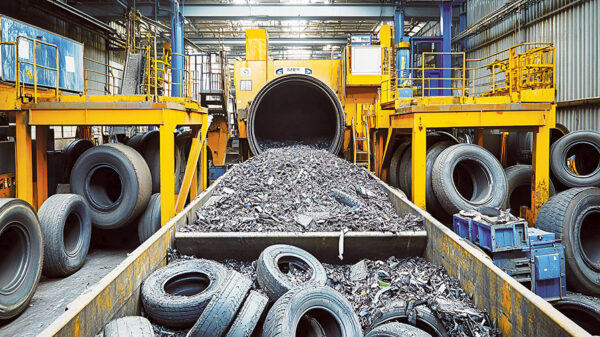Novelis announced the supply of its Novelis Advanz™ aluminum to the recently launched all electric Jaguar I-PACE. This new addition to the Jaguar PACE family and the car maker’s first all-electric vehicle features a strong and stiff lightweight aluminum construction to reduce weight and increase battery range up to 470km while delivering superior driving dynamics and safety.
The bespoke electric vehicle’s aluminum architecture uses advanced riveting and bonding technology to deliver a light, stiff body structure comprising 94 per cent aluminum, enabling significant weight reduction and design requirements, such as purity of line, surface and proportion. The aluminum vehicle structure is combined with a battery module achieving an efficient mass of both, leading to the highest torsional rigidity of any Jaguar while delivering agile handling and outstanding ride comfort.
The all-electric I-PACE reflects Novelis’ and Jaguar Land Rover’s common vision of delivering a cleaner future and more sustainable vehicles. The companies hold a leading position in sustainability by using high recycled-content alloys on all Jaguar Land Rover body structures that reduces the overall carbon footprint in their products. Since 2013, the Novelis recycling plant in Latchford, UK has provided the British car manufacturer with a closed-loop recycling solution by converting the car manufacturer’s aluminum production scrap metal into new material for automotive sheet.
Electric vehicle growth is projected to increase significantly in the next decade leading to changes in physical and functional requirements in body-in-white impacting future vehicle design.
Aluminum helps achieve dramatic weight loss, increase fuel efficiency, reduce emissions and provides equal or better quality, strength and durability compared to other materials.
The I-PACE is designed and engineered by Jaguar Land Rover in the UK and is built in Austria as part of a manufacturing partnership with Magna Steyr. The Novelis aluminum products used in the I-PACE are sourced from plants in Sierre, Switzerland and Nachterstedt, Germany.
Published in the November 2018 Edition






